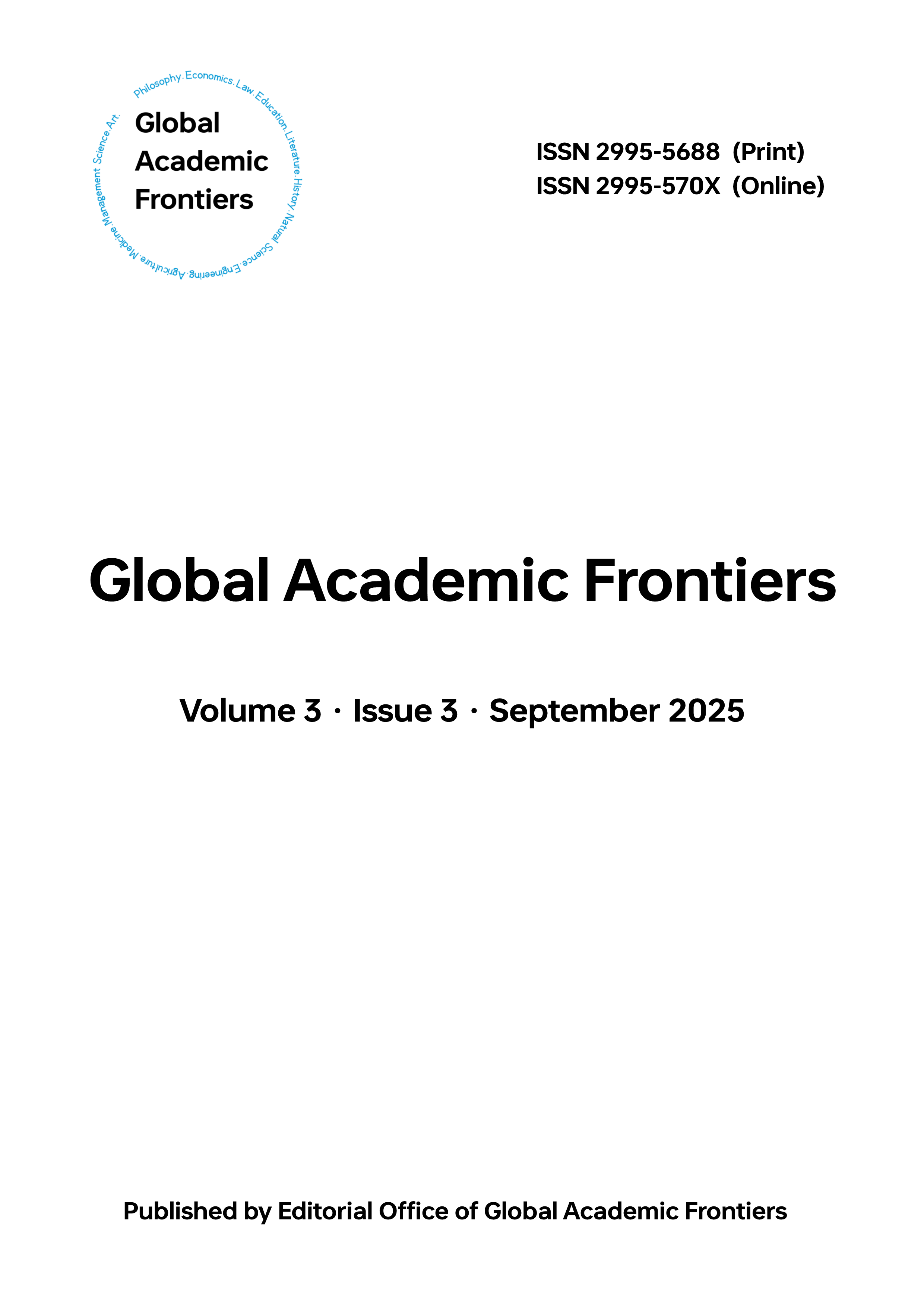Research on the application of data enhancement and image restoration based on Generative Adversarial Network (GAN)
DOI:
https://doi.org/10.5281/zenodo.17018743Keywords:
Generative Adversarial Network ( GAN ), data enhancement, image restoration, deep learning, model generalization abilityAbstract
Generative adversarial network GAN can generate high-quality synthetic data through the adversarial training of generator and discriminator, so as to provide diversified training samples in data enhancement and image restoration, and improve the generalization ability of the model, which makes it have excellent performance in dealing with various tasks and can output high-quality data and pictures. Starting from the basic principles and main variants of GAN, this paper analyzes in detail the application cases, effect evaluation and challenges of GAN in data enhancement and image restoration, and looks forward to the future development direction of GAN.
Downloads
References
Goodfellow, I., Pouget-Abadie, J., Mirza, M., Xu, B., Warde-Farley, D., Ozair, S., Courville, A., & Bengio, Y. (2020). Generative Adversarial Networks. Commun. ACM, 63(11), 139–144.
Goodfellow, I. J., Pouget-Abadie, J., Mirza, M., Xu, B., Warde-Farley, D., Ozair, S., Courville, A., & Bengio. (2014). Generative Adversarial Nets. In Advances in Neural Information Processing Systems(pp.2672–2680). Curran Associates, Inc.
Radford, A., Metz, L., & Chintala, S. (2016). Unsupervised Representation Learning with Deep Convolutional Generative Adversarial Networks. In Proceedings of the International Conference on Learning Representations(ICLR).
Mirza, M., & Osindero, S. (2014). Conditional Generative Adversarial Nets. arXiv preprint arXiv:1411.1784.
Zhu, J.-Y., Park, T., Isola, P., & Efros, A. A. (2017). Unpaired Image-to-Image Translation Using Cycle-Consistent Adversarial Networks. In Proc. IEEE Int. Conf. Comput. Vis.(ICCV)(pp.2223–2232). IEEE.
Karras, T., Laine, S., & Aila, T. (2019). A Style-Based Generator Architecture for Generative Adversarial Networks. In Proc. IEEE Conf. Comput. Vis. Pattern Recognit. (CVPR)(pp.4401–4410). IEEE.
Arjovsky, M., Chintala, S., & Bottou, L. (2017). Wasserstein GAN. arXiv preprint arXiv:1701.07875.
Antoniou, A., Storkey, A., & Edwards, H. (2018). Data Augmentation Generative Adversarial Networks. In Proc. IEEE Conf. Comput. Vis. Pattern Recognit. Workshops(CVPRW)(pp.728–737). IEEE.
Frid-Adar, M., Diamant, I., Klang, E., Amitai, M., Goldberger, J., & Greenspan, H. (2018). GAN-Based Synthetic Medical Image Augmentation for Increased CNN Performance in Liver Lesion Classification.Neurocomputing,321,321–331.
Guo, H. (2024). Research on Image Inpainting Technology Based on Generative Adversarial Networks. Yangtze Inf.Commun.,37(12),64–66.
Downloads
Published
Issue
Section
License
Copyright (c) 2025 Wen Xin (Author)

This work is licensed under a Creative Commons Attribution 4.0 International License.






